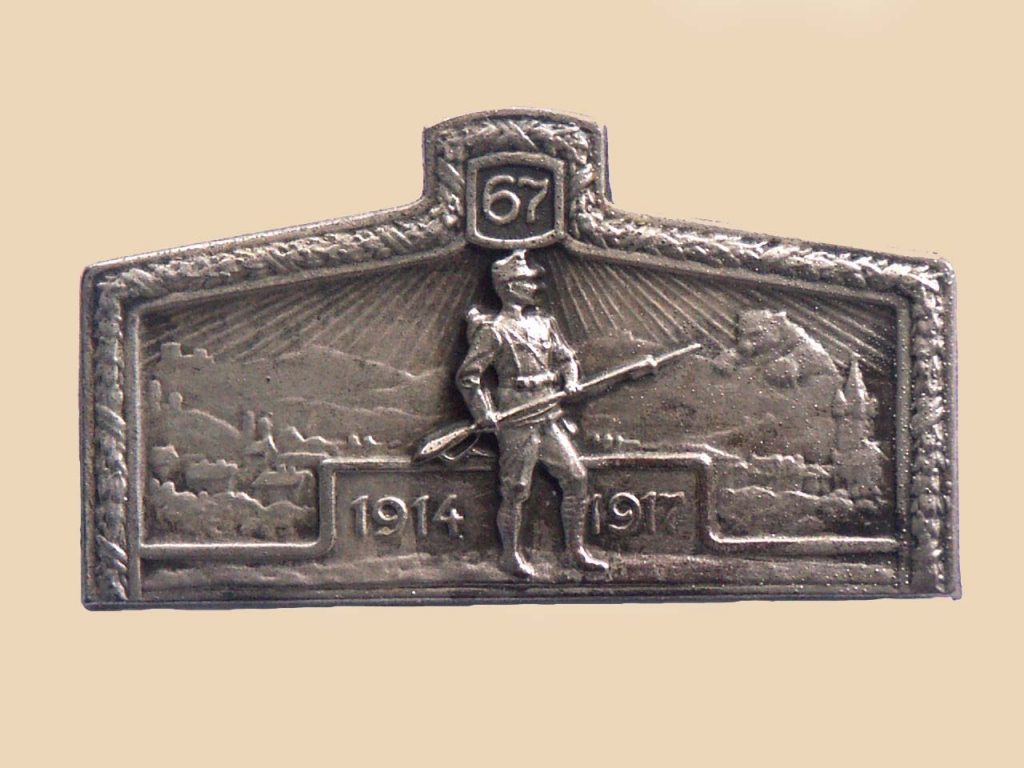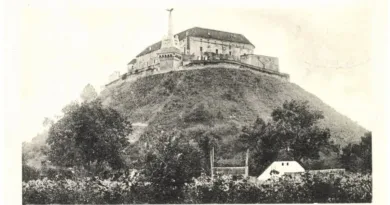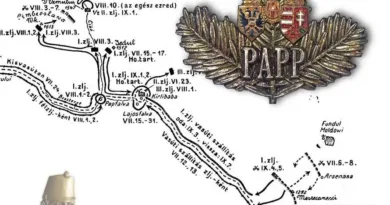Eperjes (Presov)
The town of Eperjes (today Presov) was founded in 1132 and flourished mainly in the 1500s. Due to its strategic location, in medieval times the town was often the scene of armed fighting due to incursions from the north through the Dukla Pass. Later, after the partition of Hungary it lay on the border of Austrian-controlled areas. It became one of the centers of the religious reformation in Hungary and then it was also influenced by the Hungarian struggle for independence from the Habsburgs. Therefore, especially in the 1600s the Habsburg troops often destroyed and plundered it (Basta, Belgioioso, Caraffa). It’s citizens were persecuted for supporting rebellions against the Emperor, their possessions confiscated and they were often executed. The population of the city was decimated after the plague epidemic of 1710. Afterwards settlers were invited from Moravia and Galicia and the town became mostly Slavic. It was the seat of the county of Sáros. It belonged to the Kassa military region. His home regiment was the 67th Infantry Regiment.

The regiment’s badge depicts a (Russian) bear breaking into Hungary through the Passes of the Carpathians and an infantryman who is ready to defend the city. During the winter of 1914 the Russian attack reached the nearby Bártfa town, but it did not reach Eperjes. During this period, the town was an important supply center. The most striking building of the cityscape depicted on the badge is the parish church of St. Nicholas on the right. The former three-nave church was converted into a hall-church in 1391 and was further developed to its current form in the 1500s.




